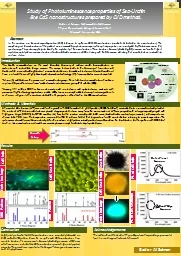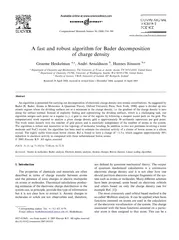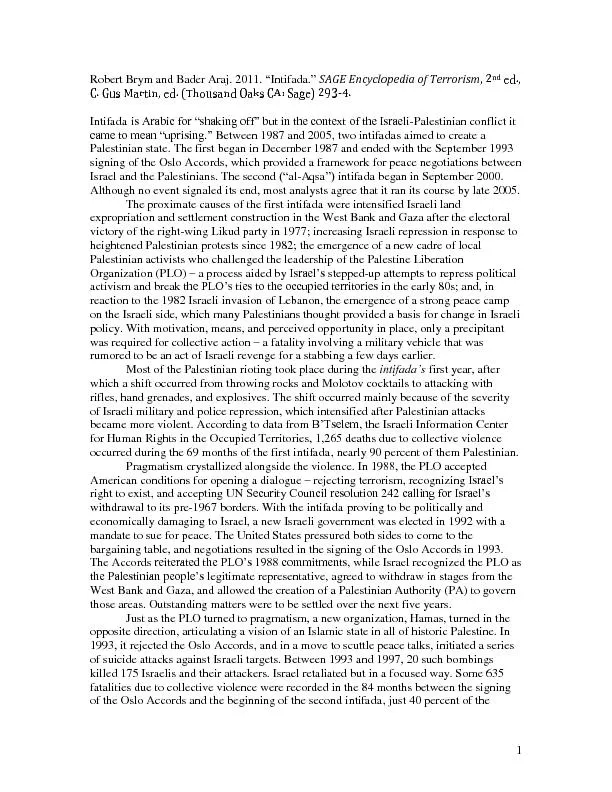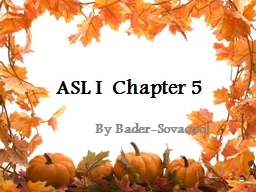PPT-Bader Al
Author : natalia-silvester | Published Date : 2016-08-07
Salman Abstract In this work we use chemical vapor deposition CVD technique to synthesize CdS 1Dnanostructures nanobelts amp SeaUrchin like nanostructures The morphological
Presentation Embed Code
Download Presentation
Download Presentation The PPT/PDF document "Bader Al" is the property of its rightful owner. Permission is granted to download and print the materials on this website for personal, non-commercial use only, and to display it on your personal computer provided you do not modify the materials and that you retain all copyright notices contained in the materials. By downloading content from our website, you accept the terms of this agreement.
Bader Al: Transcript
Download Rules Of Document
"Bader Al"The content belongs to its owner. You may download and print it for personal use, without modification, and keep all copyright notices. By downloading, you agree to these terms.
Related Documents














